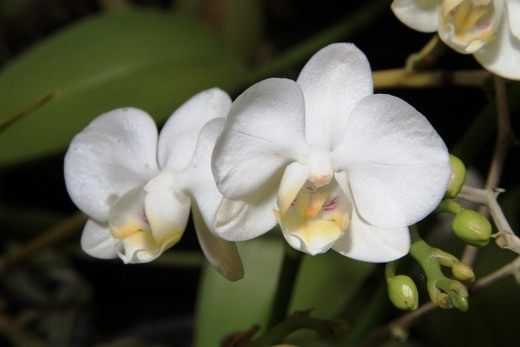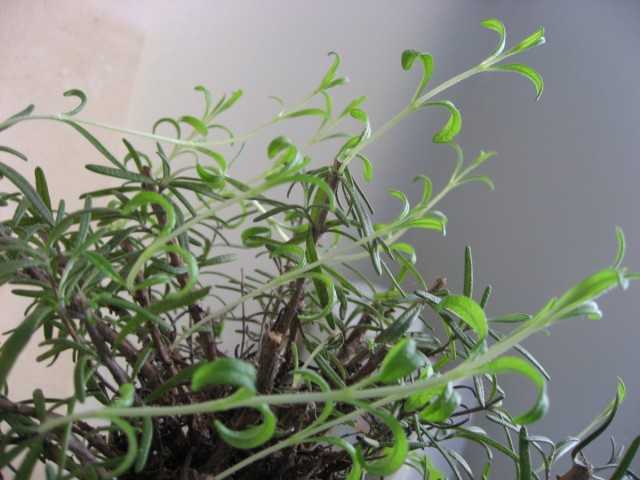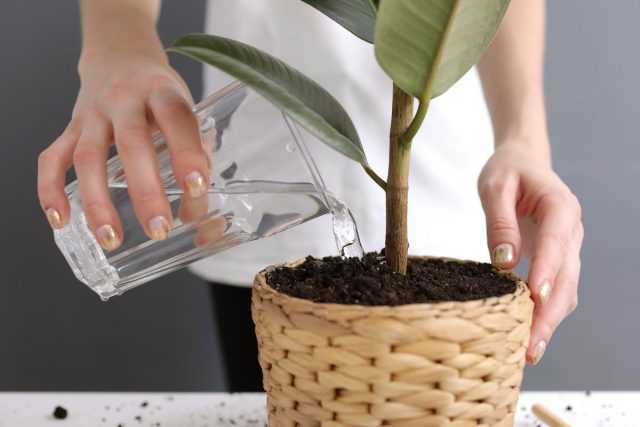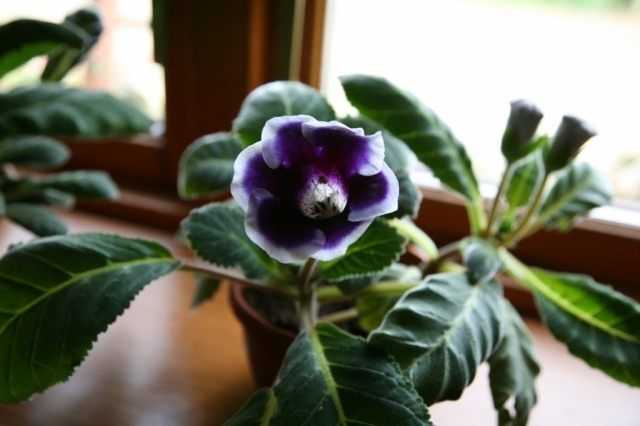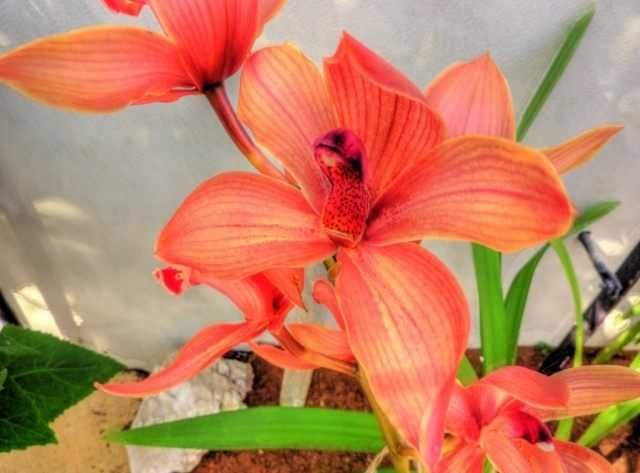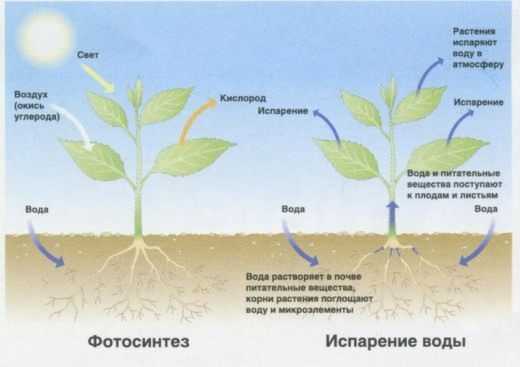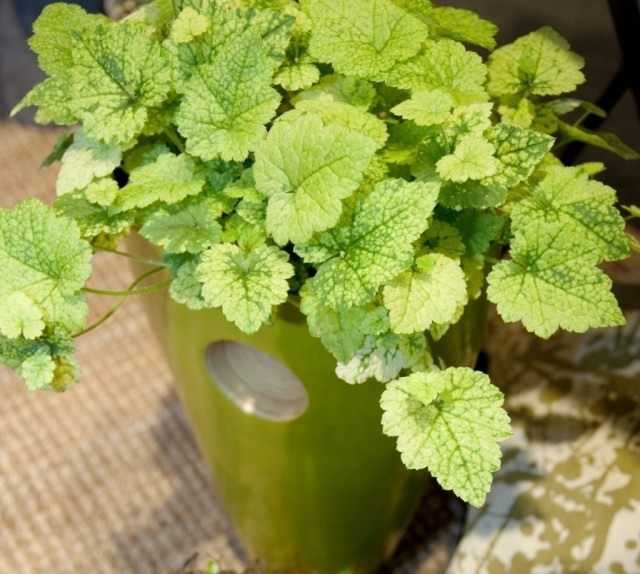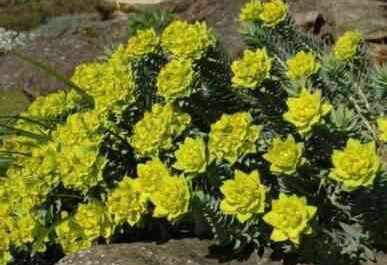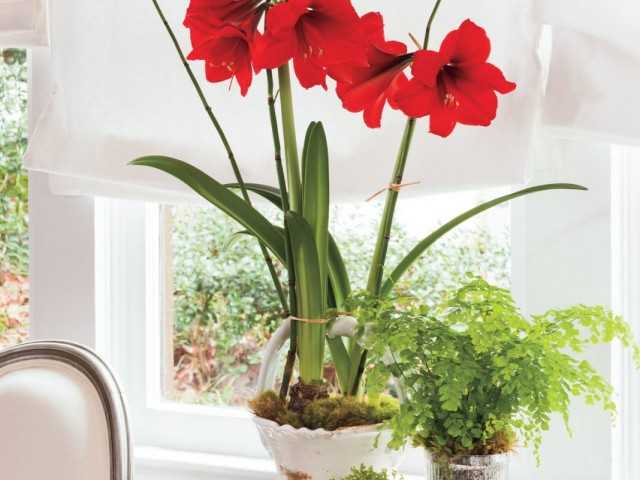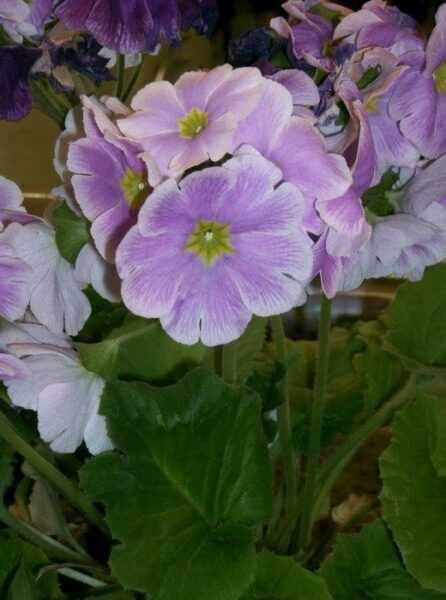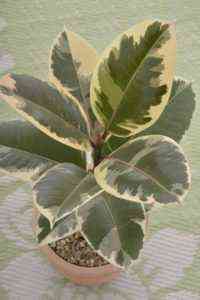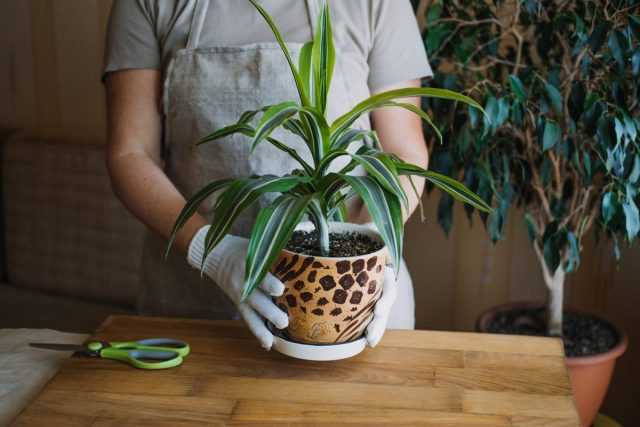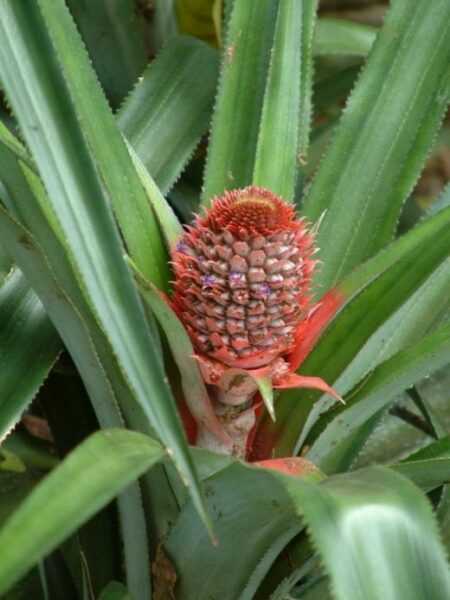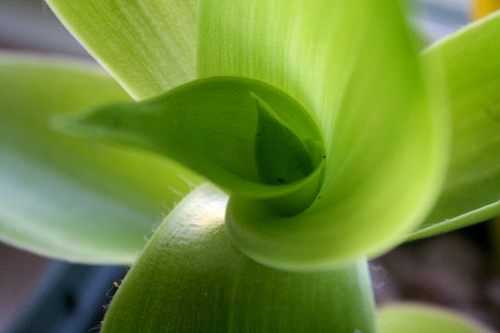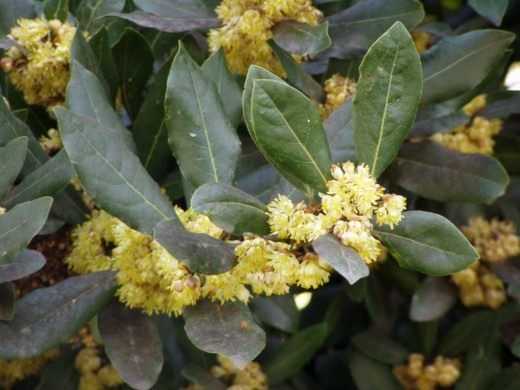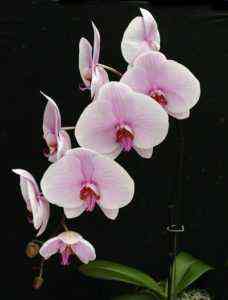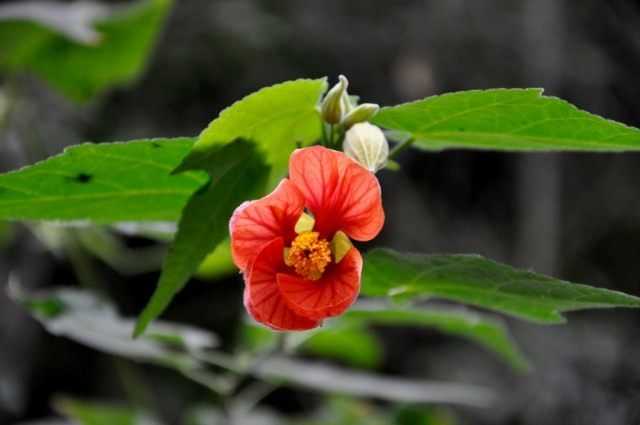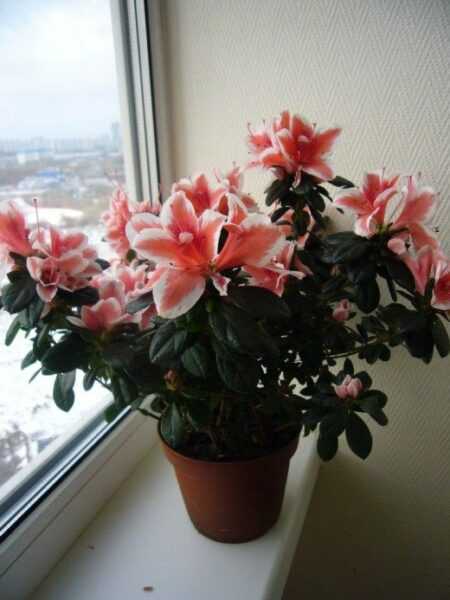Did you know that tea can be grown at home on a windowsill? Recently, tea has become a popular houseplant, because the taste of such tea is excellent and there are many benefits from it. If you take good care of the plant, then the tea bushes on your windowsill will delight you all year round with their green cap.
Tea is a drink obtained by boiling, brewing or infusing a leaf of a tea bush, or Chinese camellia (Camellia sinensis) – plants of the genus Camellia of the Tea family. The species is included in the genus Camellia (Camellia) of the Tea family (Theaceae).
Potted tea bush
Read our in-depth article on growing tea: Real Tea Bush on a Windowsill.
Contents:
Growing tea from seeds
It is better to start planting the tea bush in winter. The seeds are soaked for 3 days in water, those seeds that have not sunk to the bottom during this time should not be planted, they most likely will not germinate (or plant them separately from the main batch). We spread the drainage at the bottom of the pot and fill it with soil (coarse sand in half with sod soil). Plant a few seeds to a depth of 3 cm. The soil should always be moist, room temperature is suitable, so you can keep the seed pot on the windowsill.
Spray the bush with water twice a week. The first shoots appear in 2,5-3 months, so be patient. The first shoots may die, it’s okay, after a while new shoots will appear from the living root system.
In the first year of life, tea usually grows up to 20-30 cm. And by the age of 1,5, tea can bloom. The aroma of tea flowers is unusual and original. When the tea bush fades, fruits, small nuts will appear on it.
At the age of 3-4 years, the tea bush will need to be transplanted into a large container, further transplanting will be required every 2-3 years.
Caring for a tea bush
The tea bush should be placed in an apartment in a sunny place, but on the hottest days, a little shading is desirable. For successful growth, the plant needs to have a sufficiently cool wintering period (10-15 ° C).
In summer, expose room tea to breathe in the air. Also at this time he will need regular and abundant watering. For this it is better to use soft water at room temperature. At the time of bud formation, watering must be reduced. It is recommended to spray the plant several times a week, reducing air humidity during flowering.
If the plant is too stretched in length, prune, the head of the tea bush is easily formed. You can feed the tea with standard fertilizers for flowers. You need to collect leaves for tea leaves before feeding.
From the age of two, the indoor tea bush becomes so lush and rich in foliage that you can easily treat your household to a drink of your own grown tea.
Read also our detailed article: Real tea bush on the windowsill.
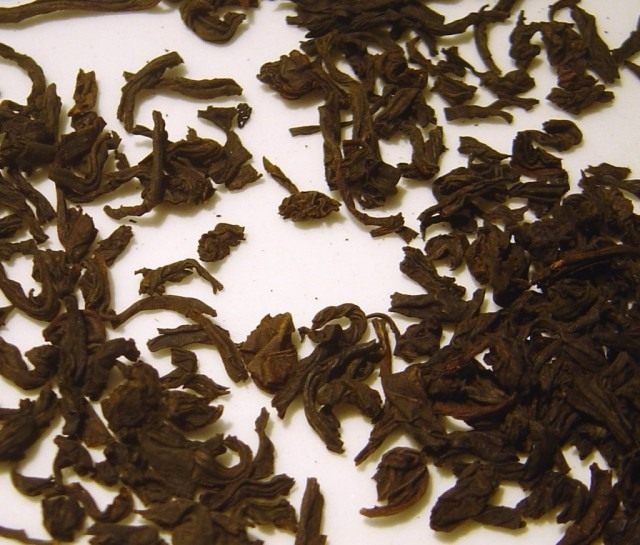
Making tea from a tea bush leaf
The best drink is obtained from the apical shoots, pinch off the shoot with two or three leaves, rub the branches in your hands – so that the raw material becomes sticky, and the leaves curl into tubes. Put tea shoots on a tray, wrap tightly with foil and let stand for 15 minutes. Remove the foil and dry the tea raw materials in the oven, at not too high temperature. The finished tea leaves are stored in a tight-fitting container.
In manufacturing, making tea from a tea bush leaf usually includes:
- drying the leaf at a temperature of 32-40 ° C for 4-8 hours, in which the tea leaf loses some of its moisture and softens;
- repeated rolling on rollers, in which part of the juice is released;
- Enzymatic oxidation, commonly called fermentation, which allows the starch in the leaf to break down into sugars and chlorophyll into tannins;
- drying at a temperature of 90-95 ° C for black tea and 105 ° C for green tea, stopping oxidation and reducing the moisture content of the tea to 3-5%;
- cutting (except for whole leaf teas);
- sorting by size of tea leaves;
- additional processing and addition of additives;
